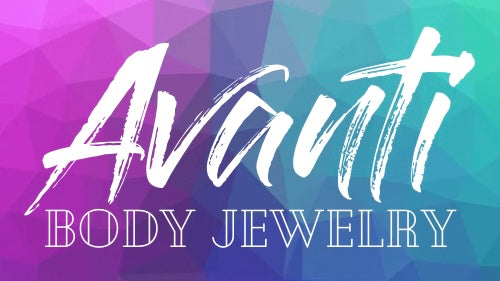I'd like to preface this post with a short disclaimer: This is my personal opinion of Daith piercings. I've done hours of research, have had a Daith piercing for many years, and have talked to dozens of people about their Daith piercing experiences. However, I am not a doctor.
Several times a week I have someone come into the shop to specifically ask about Daith piercings and their efficacy regarding migraines. Each and every time, I tell them definitively, "I'm sorry, but they don't really help."
Now, most people at this point have a lot of things to say to me. "My friend [or daughter, friend's aunt, sister, etc..] got theirs done and they've had NO migraines since" is the most common response I've gotten, and that's the one I'm going to address. Anecdotal evidence is not real evidence of causation. Plain and simple. There has been no scientific evidence of Daith piercings doing anything. People have a similar argument when they don't want to wear a seatbelt. I mean, have you ever heard someone say some variation of, "If my friend had been wearing a seatbelt in their crash they would have been hurt way worse"? That may be true in their case, but it doesn't mean wearing a seatbelt is a bad idea.
I’d like to throw us back a little and explain the origin of the Daith piercing. It was invented in 1992 by Erik Dakota and a creative client of his. She came in with a challenge for him, asking him to pierce the innermost cartilage fold of her ear. When he completed the piercing she named it “daith” (pronounced "doth" like "moth"), Hebrew for “knowledge”, because he had to be pretty knowledgable to figure out how to even pierce that tricky area. In no way was this piercing ever intended to help or treat anything, merely to decorate the ear in another unique way.
Okay, back to the “does it or doesn’t it” debate. So, in some cases, people have found relief. My next question is always the same: “How long have they had the piercing?” This is extremely important, because the answer is almost unfailingly, “About a month.” If you’ve ever had a cartilage piercing, you’ll understand that they take ages to heal. Daith piercings are placed through a thick piece of cartilage, probably the thickest in the ear. Within the first month, most Daith piercings are still swollen and tender. Mine was probably swollen for two months, but I’m the worst healer in the world. Anyway, I’ve never heard of anyone with a fully-healed (this means 9-12 months) Daith piercing claiming that they still get relief. I’ve come to the conclusion that any relief at all comes in the form of the placebo effect, which is a very powerful thing in and of itself.
This is always an interesting point in the conversation because a lot of clients, by the time they’re talking to me, have spoken to a piercer about getting their Daith done. I’ve noticed many piercers avoid answering the migraine question at all, or say something vaguely positive. I hate to say it, but piercers do want to make money. Doing piercings is how they make their money. That’s totally not a bad thing, and Daith piercings rock, but I find it a tad unethical to mislead a client into getting a fairly painful piercing for some promise of maybe getting relief from their affliction. I will give these piercers the benefit of the doubt, though, and maybe they’ve only gotten feedback from their clients within that first month that everyone seems to feel a difference.
To sum up what I’m trying to say: Daith piercings are by far the coolest piercing the ear has to offer, but they don’t do anything but sit there and look amazing. Beware of anecdotal evidence and, as always, do your own research (and be sure to note what website you’re on when you’re researching) before you modify yourself.
Here’s a great quote from an actual doctor, from another article about Daith piercings: “There’s nothing in literature I’ve heard of, nothing I’ve read about, nothing I have studied out there that supports such a procedure to treat migraine,” Dr. Estemalik says. “Receiving a piercing in that area will not alter the pain pathway of migraine.”
<3 Natali

